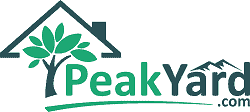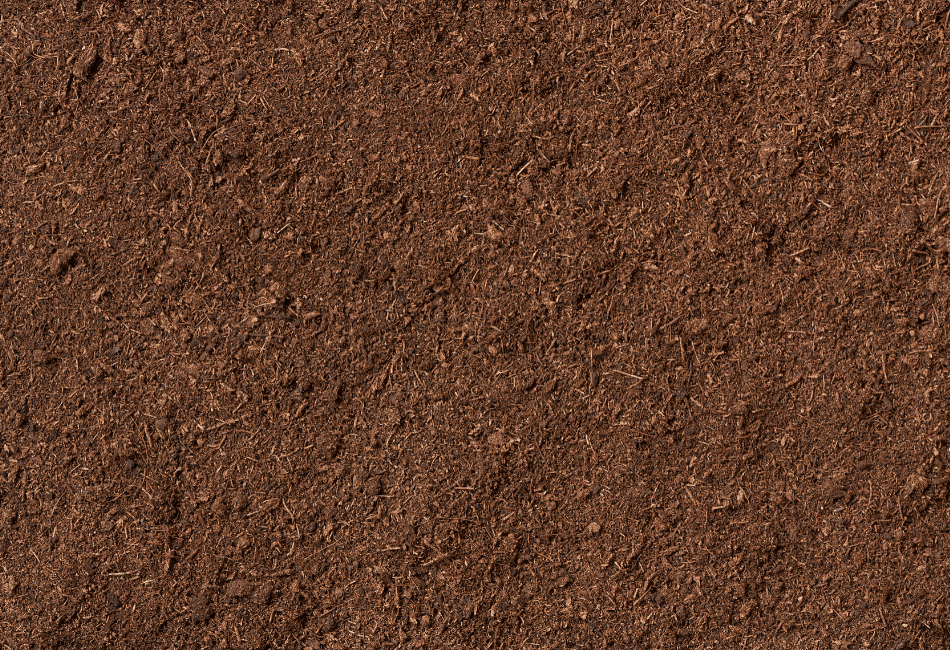Mulch covers a wide range of materials. A few popular choices include bark, compost, rubber, hardwood, rocks, pine straw, and grass clipping.
Its primary purposes include the following:
- Curb Appeal – A generous layer of mulch around the landscaping beds in the spring often gives the yard an extra pop that often lasts well into the end of summer.
- Weed Prevention – A mulch layer of about 2 to 3 inches will prevent weeds from germinating since they lack needed sunlight to grow. Not all weeds are prevented by mulch, but it can greatly reduce the number that sprout.
- Moisture Retention – Mulch helps the soil remain moist for a longer period since it provides a layer of protection from the sun and wind.
- Temperature Regulation – Mulch helps prevent soil temperatures from dramatically fluctuating. This is important since large swings in temperature can impact the health of plants.
The definition of mulch is a protective covering on the ground that essentially provides the benefits of what was bulleted above.
Based on the above, you should have a good idea of what is mulch. So the big question is, can peat moss be used as mulch? Let’s find out.
Table of Contents
Peat Moss: Not Good for Mulch
While peat moss can look beautiful in a flower bed, it is not an ideal material for mulch. Here is why you should not consider using peat moss for mulch.
Dry peat moss is extremely lightweight. A heavy wind can easily scatter it outside of the beds. Once outside of the beds, peat moss is difficult to pick up and place back in its intended location. Mulch is something most people want to place down once or twice a year without having to worry about it blowing away.
Additionally, peat moss soaks up a lot of moisture with the ability to absorb many times its weight in water. When peat moss is used on the soil surface as mulch, it can take in moisture that would be better suited going directly to the soil and plant roots. In other words, peat moss used as mulch can be counterproductive to one of the primary purposes of mulch of allowing moisture retention.
Furthermore, peat moss is not the best choice environmentally. It takes centuries to form naturally in peat bogs that are mostly found in Canada in unique ecosystems. It is now being harvested much faster than it develops in nature. This makes it unsustainable and damaging to the ecosystem. However, there are efforts being made to save the bog ecosystem with less agressive harvesting.
Lastly, you may be thinking that despite the above noted disadvantages of using peat moss as mulch, that it must at least provide nutrients to soil and plants. Unfortunately, peat moss is a poor source of nutrients and lacks beneficial microbes. Moreover, peat moss has a low pH. If you have plants that do not favor acidic soil, adding peat moss alone may prevent the plants from thriving. A product like lime would need to be added to raise the pH if acidic soil is undesirable.
Final Thoughts
Peat moss is not the best option for mulch as outlined above. It should be used for more practically purposes such as a soil amendment or starting seeds. This is especially true since peat moss tends to be expensive with better mulch material being much cheaper.
Sources:
https://pss.uvm.edu/ppp/articles/peatcom.html
https://extension.oregonstate.edu/news/coir-sustainable-alternative-peat-moss-garden

